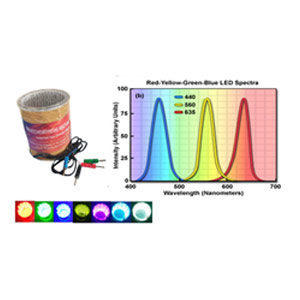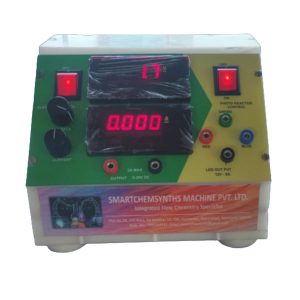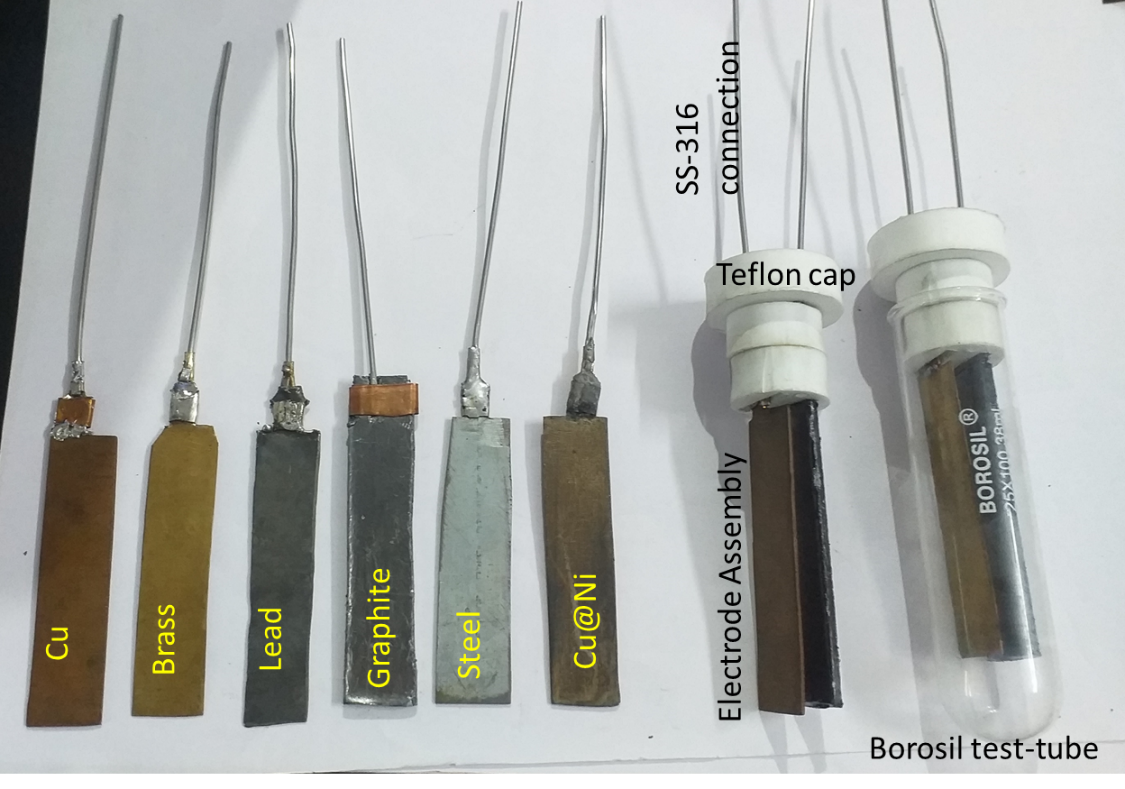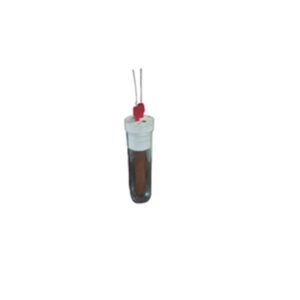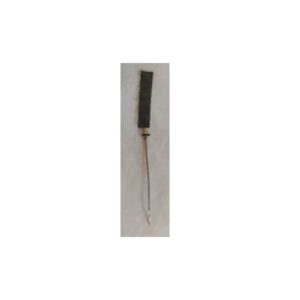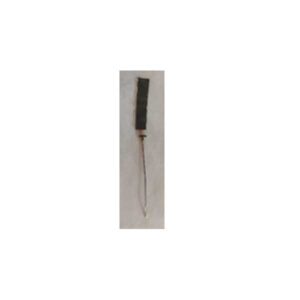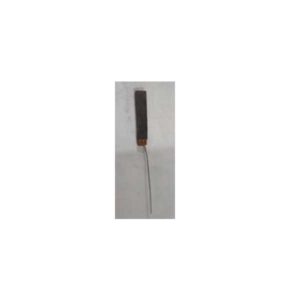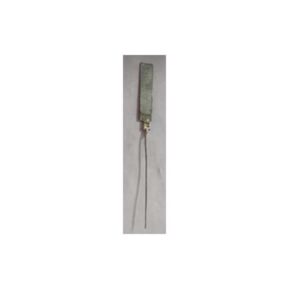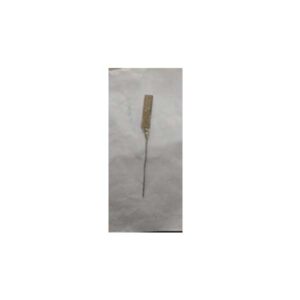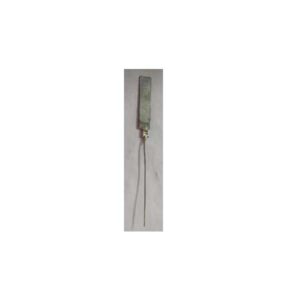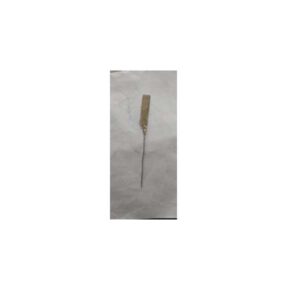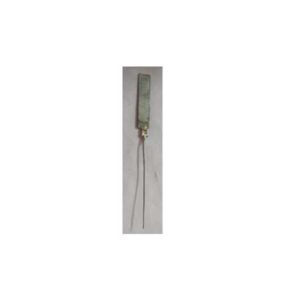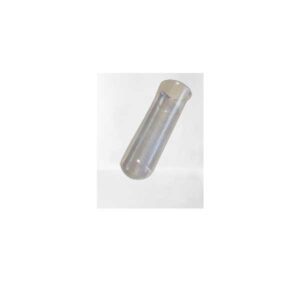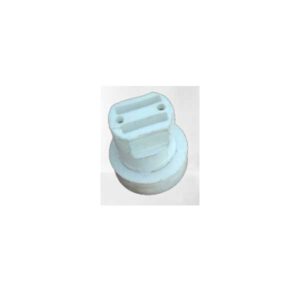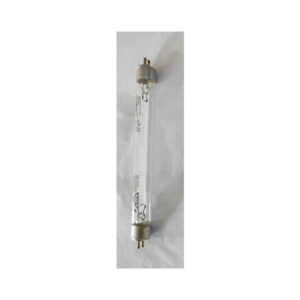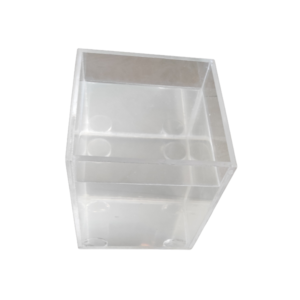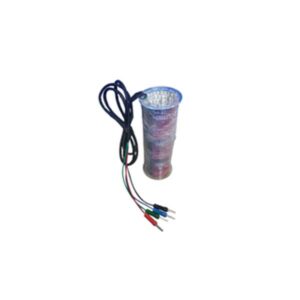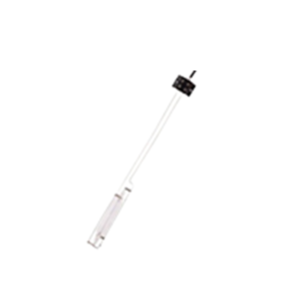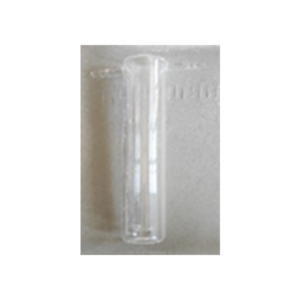Either working in batch or flow, extractions dealing with liquid-liquid are hectic. This product module in the flow chemistry is equivalent of a separatory funnel. Continuous Liquid-Liquid separation works on the principle of polarity difference. By using advanced membrane technology rather than gravity, this liquid-liquid flow separator can separate two-phase mixtures i.e. into the aqueous layer and organic layer. This system/device can separate liquids with the same density and emulsions with continuous operation. The separator has excellent performance when operated with two liquids with very low interfacial tension.
Our liquid-liquid flow separator delivers:
- reduced emulsions compared to batch separation funnels,
- fast partitioning, phase separation and
- is easy to use.

Internal Layers of Liquid-Liquid Separator
Liquid-Liquid Learning Separator 30ml (SCS-LLL-30)

SmartChemSynths Liquid- Liquid Learning Separator Nylon 30ml (SCS-LLL-30N)

SmartChemSynths Liquid-Liquid Learning Separator SS-316 30ml (SCS-LLL-30SS)
Liquid-Liquid learning Separator (SCS-LLL-30) Specifications:
- Pressure: Upto 2 bar
- Flow rate: up to 30 ml/min
- Wetted parts: PTFE
- Dead volume: 700 µL
- Maximum operating pressure: 1 bar
- Temperature Range: 25 to 120 oC
- Membrane: 0.25-0.45-micron PTFE
- Inlet/Outlet ports: 1/16, 1/8, 1/4ʺ-28 UNF
Liquid-Liquid Pilot Separator 200ml (SCS-LLP-200)

SmartChemSynths Liquid- Liquid Pilot Separator SS-316 200ml (SCS-LLP-200SS)

SmartChemSynths Liquid- Liquid Pilot Separator Nylon 200ml (SCS-LLP-200N)
SCS Liquid-Liquid Pilot Separator (SCS-LLP-30) Specifications:
- Pressure: Upto 2 bar
- Flow rate: up to 200 ml/min
- Wetted parts: PTFE
- Dead volume: 20 mL
- Maximum operating pressure: 1 bar
- Temperature Range: 25 to 120 oC
- Membrane: 0.25-0.45-micron PTFE
- Inlet/Outlet ports: 1/8, 1/4ʺ-28 UNF
FUNCTION OF LIQUID-LIQUID SEPARATOR:
When a mixture of two liquids enters the separator composed of aqueous liquid and organic liquid, one phase will have an affinity for the membrane and fill the pores this is referred to as the “wetting” phase), and the other phase will be repelled and will not fill the pores this is referred to as the “non-wetting” phase. Once the membrane pores are filled with the wetting phase, a pressure differential is applied between the two sides of the membrane. The separator is designed to maintain a constant pressure differential across the designated flow rates even when conditions are fluctuating. When a hydrophobic membrane is in place, the organic phase passes through the membrane while the aqueous, which is the non-wetting phase, is retained.
Concept:
The concept of liquid-liquid separator is that it exploits differences in wettability and surface forces to accomplish the separation as a result, the device can separate liquids with the same density and emulsions with continuous operation.
ADVANTAGES
- The separation can be done faster with this liquid separator compared to batch process, and, thus this increases output of product.
- Continuous separation can be achieved which speeds up the overall separation.
- Emulsions and rag layers normally take long periods of time to separate leading to inefficiencies.
- Liquid-liquid separator allows for easy separation of emulsions by removing the matrix fluid and forcing the emulsion to coalesce.
- Since separation is density independent, even the most challenging emulsions can be separated with ease.







